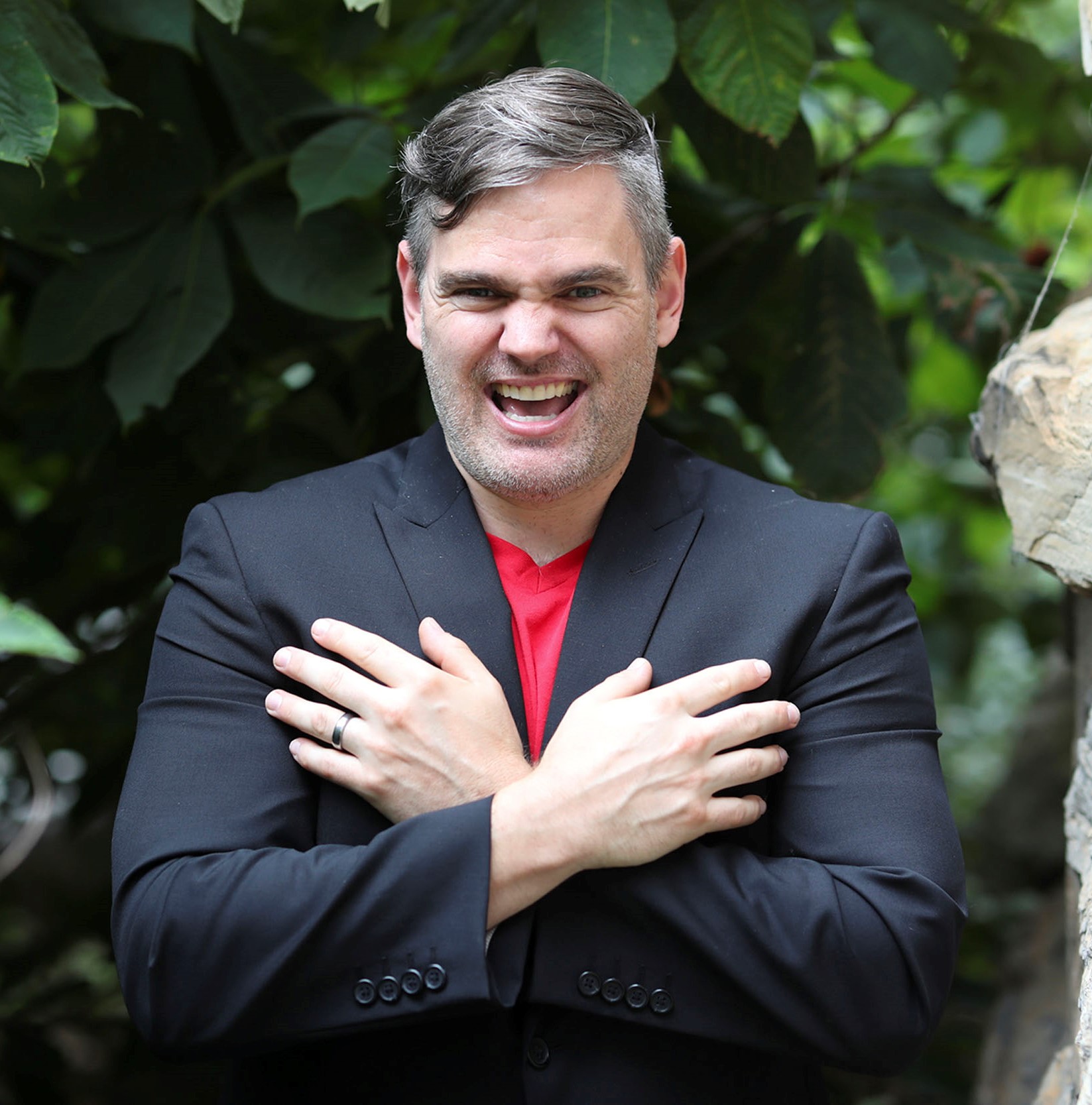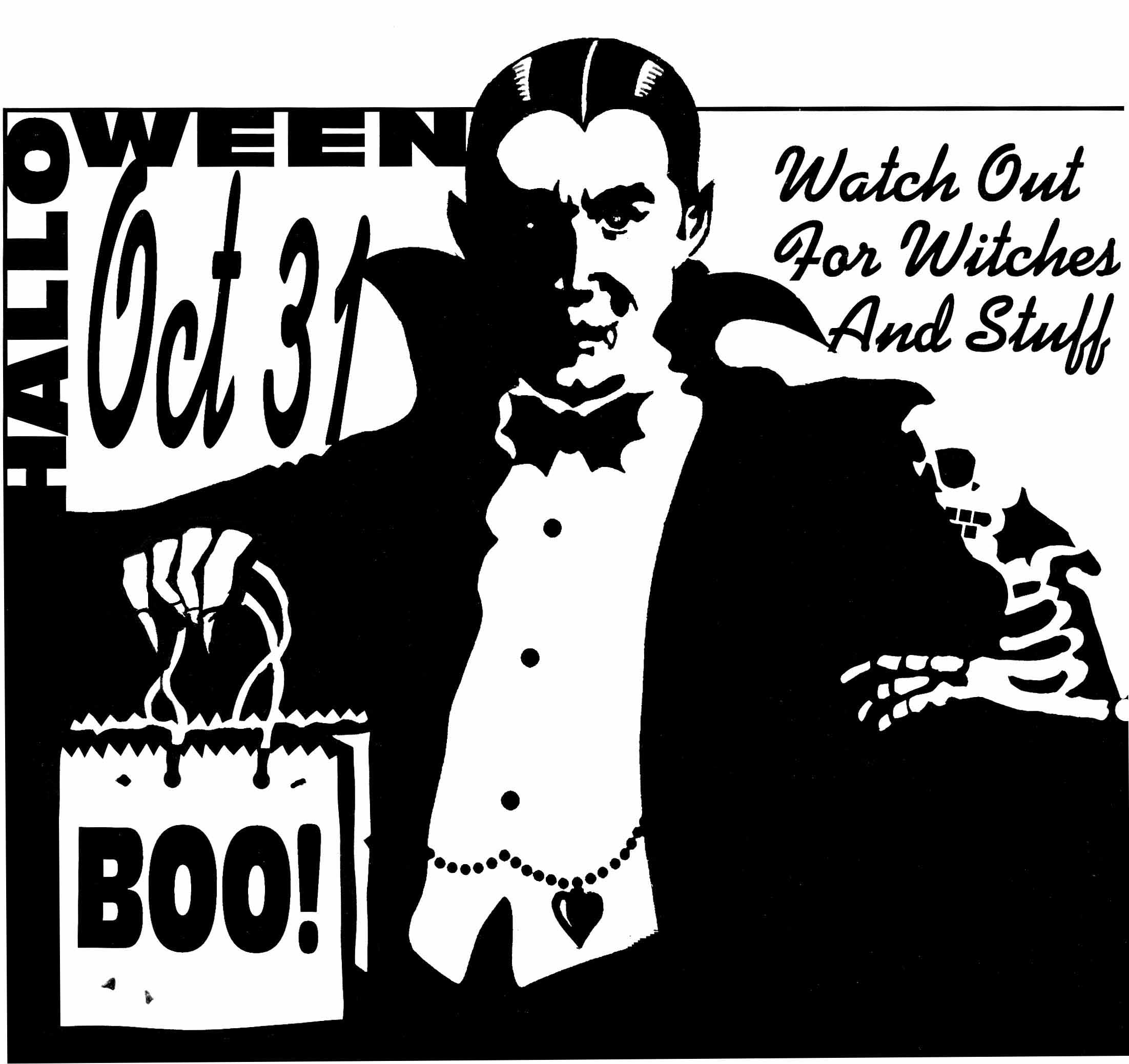The Dracula Image
 Fangs, a black cape, the classic widow’s peak—from where did Count Dracula get his distinguished features? Stanley Stepanic, Assistant Professor in the Department of Slavic Languages and Literatures, College and Graduate School of Arts & Sciences at the University of Virginia, is a Dracula expert. In his article, he gives a history behind the image of one of the world’s most famous vampires.
Fangs, a black cape, the classic widow’s peak—from where did Count Dracula get his distinguished features? Stanley Stepanic, Assistant Professor in the Department of Slavic Languages and Literatures, College and Graduate School of Arts & Sciences at the University of Virginia, is a Dracula expert. In his article, he gives a history behind the image of one of the world’s most famous vampires.
How have you experienced Dracula in literature, on film, or in fun? Share your comments during this spookiest of weeks!
At Halloween, images of the vampire Count Dracula abound in more forms than would be possible to track. His face can be found on toys, bags of candy, shirts, posters, and a variety of other artifacts of popular culture, such as the image above. What most people do not understand is the intricate history of the pastiche that is the character Dracula today. Some incorrectly assume that Count Dracula is based on the historical figure Vlad III Dracula, otherwise known as “Vlad the Impaler,” but in actuality, the character and real person merely share the name Dracula and little else. Like much in Bram Stoker’s novel, the character Count Dracula is actually a conglomerate of details that, though instantly recognized today, comes from a surprisingly diverse number of sources. Let us consider the most famous.
Dracula’s existence as a vampire derives from Eastern European vampire folklore. The desire to drink blood is actually part of old rituals involving ancestor worship in the original pagan belief of the Slavs, who would appease the dead with offerings of blood. Today they drink blood using their teeth, but this was not necessarily the case originally. Though Dracula has two sharp teeth in most depictions today, this was not the original conception of the vampire’s fangs in folklore. Quite the contrary, the vampire was supposed to have a full set of sharp teeth or teeth which grew larger, an idea that stemmed from misconceptions concerning the decomposition of the human body, much like Dracula’s pale skin and claw-like fingernails. So why do Dracula and other vampires often have only two sharp teeth today?

This image is primarily due to a character called “Varney the Vampire” who was published in a serialized novel called Varney the Vampire or the Feast of Blood from 1845 to 1847. Varney introduced a few important tropes to the vampire’s image, but the two teeth are the easiest to recognize. Before this moment, vampires had no feature of two extended canines, but Varney is clearly depicted this way in the novel’s art and the details are mentioned in the text specifically. In the earliest popular culture vampire, Lord Ruthven from John Polidori’s The Vampyre in 1819, we see instead that when he bites his victims he leaves a full set of teeth marks on their neck. However, like Varney, his aristocratic clothing became a staple of the vampire’s classic image, which is why Dracula is always dressed so nicely. Evil aristocratic, older men made up the bulk of vampires in most of literature up through Dracula. But what about that cape that is such a big part of the character’s image?
In the novel, Bram Stoker mentions no such cape on Count Dracula, but rather, more specifically, a “cloak spreading out around him like great wings.” In a classic image from one of the earlier editions of the novel, his bat-like cloak follows him down the castle wall as he descends using his hand and feet like a lizard. But he has no cape as we see in typical depictions. The cape is largely due to tricks utilized in the theater industry that were retained in film. Earlier vampire plays dating back to 1820, over 70 years before the publication of Dracula, would often utilize black cloaks or sheets in order to assist the actor playing a vampire to more easily disappear into holes in the set or floor. When this cape was returned to theater in the 1920s in England for the first modern play based on Dracula, it was designed as an evil stage magician’s costume. The collar’s purpose was to hide the actor’s head for the same disappearing tricks used on stage in the 19th century. By raising the enlarged collar and descending the head, the actor would be able to slink away into secret doors in the wall as their cape fell to the ground as though they disappeared. As the play made its way to the United States, this aspect of the cape was simply part of the play version of Dracula’s costume and it remained. When the film Dracula was released by Universal Studios in 1931, it was there as well. Which brings us to the final traits we will consider.

Why does Dracula, and other vampires for that matter, have a widow’s peak? This is simple to explain. When the original Dracula play was brought to Broadway in 1927, the role of Count Dracula was played by Hungarian immigrant Bela Lugosi (Béla Ferenc Dezső Blaskó was his original name). It was his natural hairline. Further, and perhaps more importantly, his natural accent became synonymous with Count Dracula and the vampire as he played the character on stage and then in film in 1931. By emulating a stereotypical Eastern European accent, it is possible today to change one’s voice to become a “vampire,” when in actuality Count Dracula in the original novel is never said to have such an accent. It was Lugosi’s natural accent that led to this trait, and his on-stage and on-screen presence was also the beginning of the “sexiness” we often associate with the vampire today. So the next time you see a cheap toy or costume at Halloween, remember these are but a few of the pieces of where it comes from, out of a history that stretches back perhaps older than 2000 years.
- Musings on National Violin Day
- Making the Promise Real: How a UN Tax Convention Can Fulfill the UNDHR’s Vision
- Having a Drink With Your Donkey: The Absurd in Antiquity
- UVA Club of Atlanta: Virtual Pilates Class
- UVA Club of Fairfield/Westchester: Cavs Care - Food Pantry Donation Drive
- UVA Club of Washington DC: December Book Club